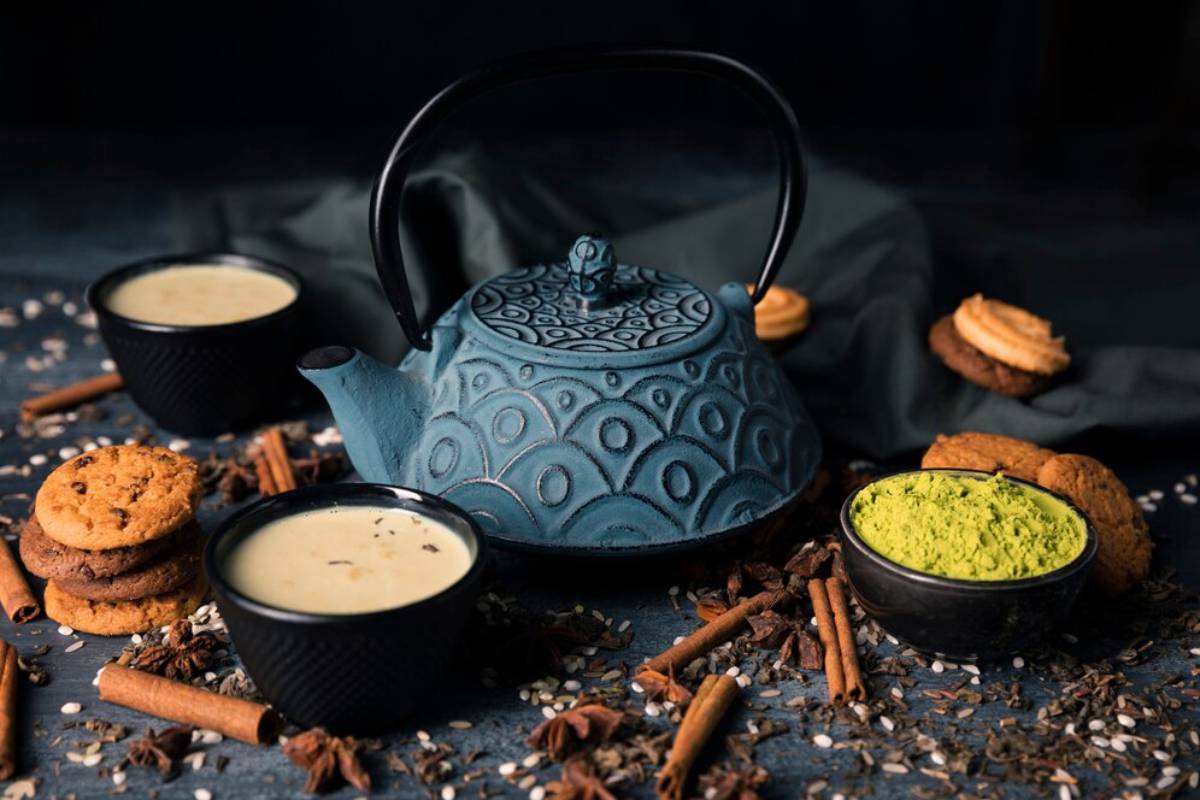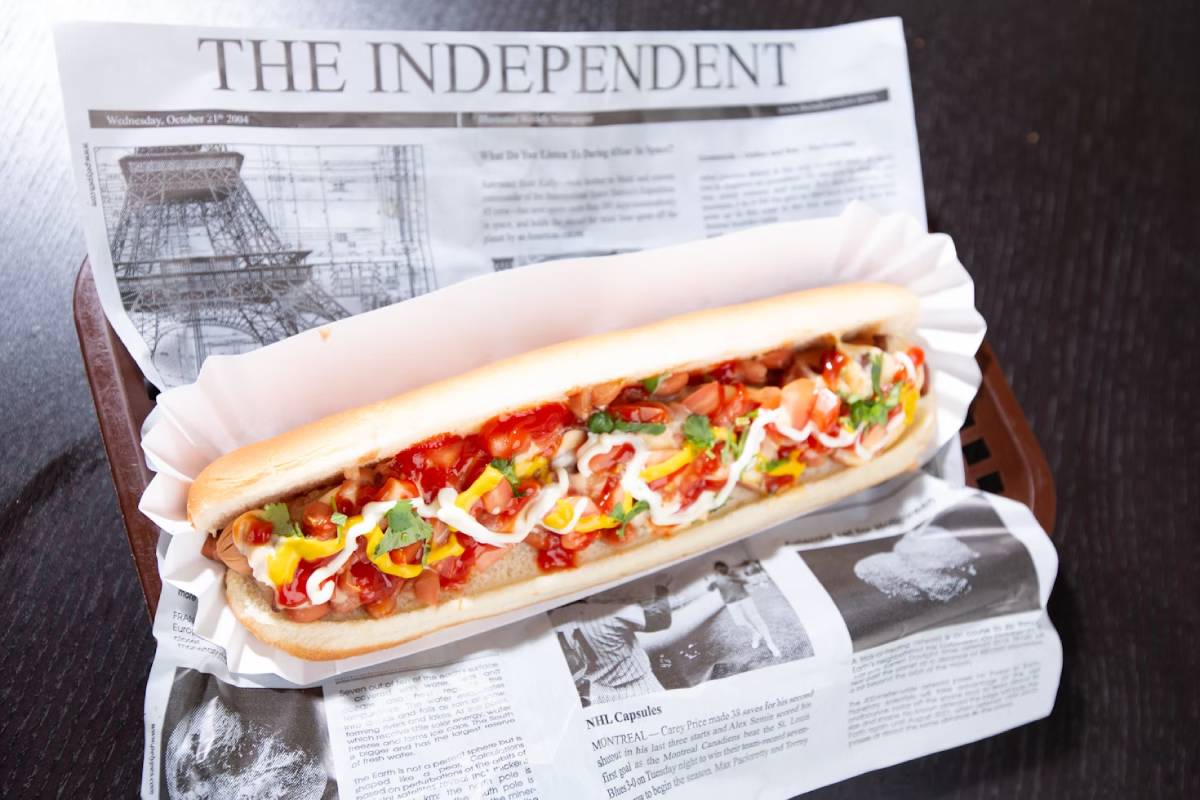The Food Blog

Colonialism & Cuisine: How History Influenced Global Food Cultures
Food is more than sustenance—it is memory, migration, and meaning. Every meal tells a story. It’s not just about ingredients or recipes. It also reflects trade, conquest, and cultural exchange. Colonial influence on food has changed what people grow, cook, and eat across continents and centuries. This impact is often complex and sometimes painful.
Food history shows how colonialism changed farming worldwide. It altered traditional diets and created hybrid cuisines that we still enjoy today. The global spread of chilli peppers and the mix of Caribbean dishes show how empire shaped today’s cuisine.
This article explores how colonial powers influenced the food identities of colonised regions. It also discusses how these regions influenced their colonisers. The result is a nuanced, fascinating story of flavour, resistance, adaptation, and identity.
Understanding Colonialism’s Culinary Impact
Colonialism was not just a political or economic process—it was deeply cultural. Colonisers introduced crops, animals, cooking methods, and dietary habits. They often forced these on indigenous people. Colonised regions brought new ingredients and flavours to European tables.
Common Themes in Colonial Culinary Influence:
- Forced migration (e.g., slavery, indentured labour) carrying food traditions across oceans
- Monoculture plantations that replaced local subsistence crops
- Fusion cuisines blending local and colonial ingredients or techniques
- Food as control: restricting indigenous diets, altering agricultural systems
These dynamics led to dishes that are now national staples. However, their roots often stem from exploitation and adaptation.
The Columbian Exchange: A Global Turning Point in Food History
A key moment in food history is the Columbian Exchange. This term means the trade of plants, animals, and goods between the Old World (Europe, Asia, and Africa) and the New World (the Americas) after 1492.
Key Food Exchanges:
- From the Americas to Europe: potatoes, tomatoes, maise, chillies, cacao, vanilla
- From Europe, Asia & Africa to the Americas: wheat, rice, sugarcane, livestock, coffee, spices
Result: Cuisines across the world were irrevocably changed. Italian pasta sauce wouldn’t exist without American tomatoes. Indian curries rely on spices, and Irish diets would shift greatly without the potato.
Regional Case Studies: The Taste of Empire

1. India: Spices, Tea, and British Adaptation
India’s food culture changed a lot during nearly 200 years of British rule.
Colonial Influence:
- The British set up tea plantations in India. This made India one of the biggest tea producers in the world.
- The concept of “curry” was standardised for colonial palates—flattening regional distinctions.
- Anglo-Indian dishes like kedgeree and mulligatawny soup emerged as hybrids.
Post-colonial legacy: Britain’s national dish today? Chicken tikka masala started in the UK by South Asian immigrants. It shows how colonialism changed cultural cuisine.
2. The Caribbean: A Fusion Born of Displacement
Caribbean food comes from forced migration, plantation economies, and a mix of cultures.
Layers of Influence:
- Indigenous Arawak and Taíno foodways were displaced by European colonisers.
- Enslaved Africans brought ingredients like okra and cooking methods such as stews. These influenced the main foods in the region.
- Indian and Chinese indentured labourers introduced curries, roti, and stir-fries.
Signature Dishes:
- Jamaican jerk chicken (African spice techniques + local ingredients)
- Trinidadian doubles (fried bread and curried chickpeas)
- Bajan cou-cou (akin to polenta, with African roots)
Global takeaway: Caribbean food shows how colonial influence shaped cuisine. From struggle and creativity, it created a strong and unique identity.
3. Vietnam: French Colonial Fusion
France’s colonisation of Vietnam (1887–1954) left a complex legacy in both language and food.
Culinary Crossovers:
- Introduction of baguettes, pâté, and coffee with condensed milk
- These ingredients were localised to create bánh mì, a now-global street food favourite
- The French also influenced desserts like flan (known locally as bánh flan)
Power Dynamic in Food:
- Colonial elite consumed European fare
- Locals adapted foreign elements into everyday dishes—resourceful, subversive, and enduring
Modern Impact: Vietnam’s café culture and fusion cuisine show how colonised people reclaimed and reshaped imposed tastes into something uniquely their own.
4. North Africa: Mediterranean Meets Middle Eastern Under Colonial Pressure
North African cuisines, like Moroccan, Algerian, and Tunisian, show the area’s long history of occupation. This includes influences from French and Spanish colonialism.
Culinary Impact:
- Introduction of European vegetables (e.g., courgettes, aubergines)
- Confit-style preparations and baking techniques became common
- Colonial cities developed a cafe culture mimicking Paris
Modern Symbol: Couscous is a key dish in North Africa. In France, different versions show how cultural cuisine evolves in diasporic communities.
5. The Philippines: A Mélange of Spain, China, and the US
Filipino cuisine is a mix of influences from over 300 years of Spanish rule and American colonisation.

Colonial Traces:
- Spanish: Adobo (a local preservation technique adapted into a dish), lechon (roast pig)
- American: Hot dogs in spaghetti, Spam as a pantry staple
- Chinese influence predates colonisation but was enhanced through trade and diaspora
Filipino Identity in Food: Often described as “the original fusion cuisine”, Filipino food reveals how colonialism reshapes not just recipes, but national identity.
The Other Side of the Plate: Colonisers’ Cuisines Changed Too
It wasn’t just the colonised whose diets were altered—European cuisines also evolved.
Examples:
- British cuisine adopted chutneys, curries, and tea rituals from India.
- Portuguese dishes used chillies from the Americas. This changed the flavour of piri-piri chicken forever.
- Spanish colonists brought maise, tomatoes, and cacao back to Europe, revolutionising Mediterranean diets.
Takeaway: The exchange was complex and bidirectional, though not always equal or ethical.
Modern Movements Reclaiming Colonial Food Histories
Today, chefs, historians, and activists are looking at colonial food stories again. They aim to decolonise the plate.
Trends:
- Reclaiming Indigenous foodways (e.g., Native American food sovereignty projects)
- Reviving lost grains and recipes affected by colonial agricultural systems
- Highlighting diaspora dishes as expressions of survival and pride
Chefs are pushing back against the idea of European food as “fine dining.” They are showcasing street food, comfort food, and traditional methods from former colonies.
How to Explore Food History as a Traveller
Travelling with curiosity about food history enriches your experience and deepens cultural respect.
Tips for Mindful Culinary Exploration:
- Ask about origins when taking cooking classes or food tours
- Visit local markets to see post-colonial trade impacts
- Support restaurants and chefs that honour traditional or Indigenous foodways
- Read beyond recipes—learn about migration, trade routes, and resistance
Understanding colonial influence on food lets us see cuisine as more than just eating. It’s also about sharing cultural stories.
Every Bite Has a Backstory
From fusion to friction, food and history are inseparable. Next time you enjoy a spicy curry, a fragrant stew, or a flaky pastry, think about the journey of those ingredients. They carry stories of people, power, and perseverance.
Cultural cuisine evolution isn’t a straight path. It’s a web of influences shaped by empires, resistance, adaptation, and creativity. Seeing how colonialism shaped our food helps us respect the cultures that kept flavours alive despite challenges. It also lets us enjoy the variety on our plates with a better understanding.
Take action today: Discover the colonial history of your favourite dishes. Try cooking a dish from a region you don’t know much about. Support efforts that decolonise food, empower communities, and celebrate culinary heritage.









